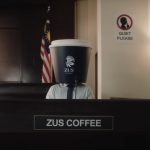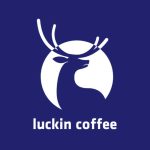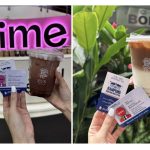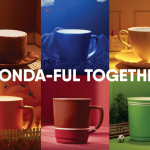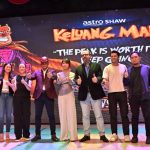The premium coffee brand is investing £8m in its first masterbrand campaign as it looks to keep ahead in a booming and increasingly competitive market.
Nescafé is overhauling its premium coffee brand, Azera, introducing a new brand positioning and visual identity as it looks to maintain its “competitive edge” amid the booming coffee market.
The new positioning aims to move the brand up the benefits ladder by shifting its communications from functional to emotional. To do that, it will focus on the idea of curiosity with an £8m masterbrand campaign.
Vassilis Karalis, head of the Nescafé Azera brand, said “We felt, and have seen, that the competition has become more intense and some brands have been coming closer to us so we have had to make sure we kept our competitive edge”.
Karalis explains: “[Before] we had a very clear proposition but we’ve seen our competitors come in and try to take advantage of our assets. We’ve seen the orange colour popping up in smaller brands and we’ve seen barista language becoming a common language in the coffee sector. We wanted to push it a bit further and continue our momentum.”
The new campaign sees Nescafé Azera bring together all its products – including soluble coffee, ready-to-drink, coffee bags and cold coffees – under one masterbrand for the first time. The campaign will focus on a message of curiosity, both around “curious coffee recipes” but also curiosity about the way people live and see life.
Karalis explains: “We wanted to ingrain Nescafé Azera as a lifestyle brand and make it clear it’s a coffee brand that operates in different segments.
“However, at the same time we are not the biggest brand in the coffee landscape so we have to do it in the right way. We reasoned we should invest in being bigger and bolder in our communications.”

The rebrand is based on a “proactive” strategy that aims to ensure Nescafé Azera, which is owned by Nestlé, stays ahead of competitors.
According to the brand, its sales have been growing at a double-digital rate and its market share has increased, but recently competitors have begun to close the gap.
Karalis explains: “Our competitive margins haven’t been closed but they have been narrowed so we wanted to widen them once again and keep the brand one step ahead. We have seen more competitors focusing on above-the-line as lifestyle brands so we felt we had to move on before it’s too late.”
The changes to the visual identity are subtle, with the orange on-pack strip changing from one line down the middle to a series of dots. Karalis says this opens up the potential for more changes but that he didn’t want to change too much too quickly.
“If you suddenly start doing very [major] changes it means you probably haven’t been fast enough in the market,” he notes.
Ensuring the visual identity and rebrand were closely aligned meant bringing its two agencies, Publicis and CBA, together for the first time.
Karalis explains: “We had a clear brief to our communication and design agency: we wanted to make our distinctive identity even more ownable so that it’s not just about the colour. But we had to think, how do you bring both the visual identity and differentiation together and communicate that together?”
Each agency was given a clear remit, with Publicis in charge of the idea and campaign, while CBA focused on the visual identity. But they were expected to collaborate.
“We wanted to connect the dots and come up with something that was very clear, so we had to bring different agencies to the table [in order to] define the idea and see how the idea can be executed in the same way,” Karalis says.
The brand also carried out extensive research to ensure both the visual identity and new positioning would resonate with consumers. That included testing it in real-life situations and carrying out focus groups.
“We wanted to make sure people understood why we were doing this and that it is a more minimalist approach and more progressive coffee brand compared to other traditional ones”, Karalis says.
The target audience has also changed to a group Nestlé dubs “ambitious young trenders”. Despite “not fooling ourselves that we are a very niche brand”, Azera is keen to build its brand around these consumers to develop a minimalist, trendy coffee brand.
Karalis explains: “This is how our new positioning around curiosity came up. We know these people are looking for new experiences, new stuff but sometimes they are lacking the energy and the stimulation, so coffee has a clear role to play.”
Despite the target audience comprising of mainly younger consumers Nestlé avoids targeting by age, geography, or socioeconomic class.
Karalis says: “I’d like to avoid segmenting consumers based on demographics because I think it is about how you see your life and at Nestlé we prefer behavioural and attitudinal segmentation.”
He adds: “We live our own lives based on the beliefs that we have as individuals and we can see some astonishing similarities between millennials and some people that are a bit older but still have the same attitude to trying new things.”
source: http://www.marketingweek.com
MARKETING Magazine is not responsible for the content of external sites.



